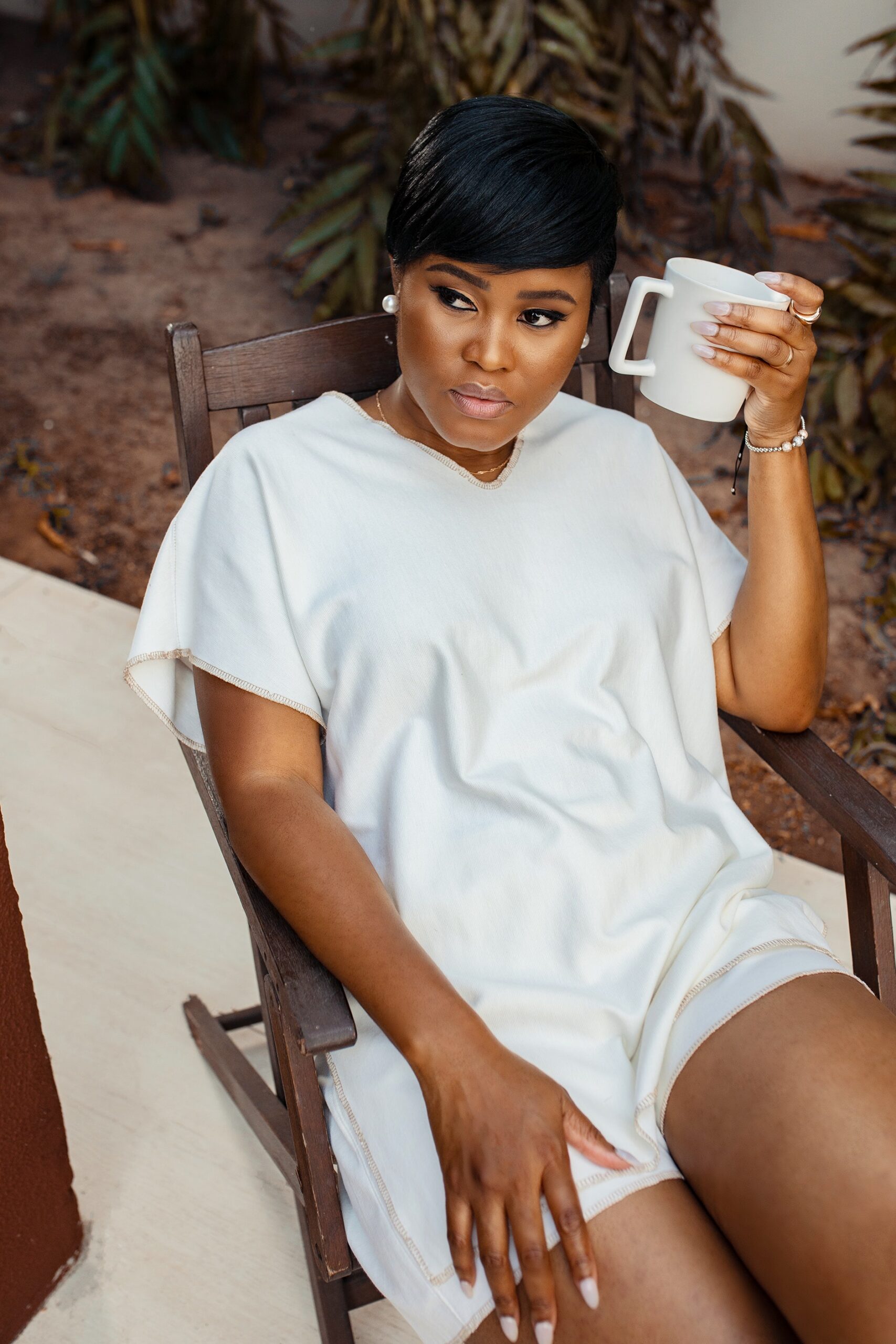The Truth:
Navigating the world of creative entrepreneurship is a thrilling yet tough journey. Imagine turning your art and vision into real products and services – sounds cool, right? But how do you make sure your brand pops, your business flourishes, and your marketing hits the mark? In this blog post, we’re going deep into how branding, business development, and marketing all play together in the creative field. We’ve got insights, strategies, and hands-on advice for designers and creative minds looking to make it big. Let’s dive in!
Marketing for Creative Entrepreneurs
The creative market is unique, with distinct challenges like audience saturation and the constant need for innovation. Yet, it offers immense opportunities for those who know how to maneuver its waters. Digital and traditional marketing strategies must be specially tailored to highlight the originality and emotional resonance of creative products or services. Social media platforms and online portfolios are not just showcases but storytelling mediums, creating a narrative that connects deeply with your audience.
Seth Godin, a master of understanding the intersection between marketing and storytelling, emphasizes, “Marketing is no longer about the stuff that you make, but about the stories you tell.” For creatives, this means leveraging every tweet, post, and update as a chapter in your larger brand story, engaging your audience not just with your work but with the ethos and inspiration behind it.
Importance of Branding for Designers and Creative Entrepreneurs
Branding goes beyond a memorable logo or catchy tagline; it’s the essence of your creative business. It’s about building a personality that resonates with your target audience, creating expectations, and then fulfilling them. A strong brand stands as a beacon in the crowded marketplace, guiding your ideal customers to your work. Through case studies of successful creatives, we see that those who invest time in crafting a compelling brand narrative and visual identity not only attract more attention but maintain a loyal customer base.
Strategies for Developing a Strong Brand Identity
Developing a strong brand identity is an art in itself. It starts with understanding your unique selling proposition (USP) and distilling that into every aspect of your visual and verbal communication. This process requires deep reflection on what your brand stands for, who you are trying to reach, and the emotions you wish to evoke. Storytelling becomes a powerful tool here, with your brand’s voice narrating a cohesive story across all platforms. Chris Do, an Emmy award-winning designer, says, “Branding is about shaping that perception, so when someone hears your brand’s name, it evokes a specific feeling in them.”
The Role of Business Development in the Creative Industry
Business development is often misconceived as a purely corporate concept, but it’s a critical element for growth in the creative sector. It involves seeking out opportunities for your business to grow, whether through partnerships, new market segments, or innovations in your offering. Networking and collaboration open up new avenues, fostering community while magnifying your brand’s reach.
Leveraging Marketing for Creative Businesses
Understanding the lifecycle of your creative business allows for tailored marketing strategies. It’s about recognizing when to push for visibility and when to focus on deepening customer relationships. Niche markets offer fertile ground for creatives; they allow for direct and meaningful engagement with a specific audience segment. Measurement of marketing success, as advised by Amy Porterfield, revolves around “not just the analytics but the stories of change and impact resulting from what you create.”
Practical Tips for Integrating Branding, Business Development, and Marketing into Creative Practices
Integrating these aspects into daily operations might seem daunting, but it’s about finding small, consistent ways to build your brand, seek new opportunities, and communicate your value. Consistency in your brand’s messaging and visual identity across all touchpoints builds recognition and trust. Meanwhile, adaptability allows you to respond to market trends and audience feedback without losing your brand’s core identity.
Conclusion
The intersection of branding, business development, and marketing in the realm of creative entrepreneurship is where true magic happens. It’s a confluence that demands not just creativity but a strategic mindset, ready to innovate and captivate. For designers and creative entrepreneurs, the road ahead is filled with possibility—an opportunity to craft a brand that resonates, a business that sustains, and marketing that engages.
In the spirit of ongoing learning and evolution, I invite you to share your experiences and strategies in the comments. Together, as a community of creatives, we can continue to push the boundaries of what our businesses can achieve.



